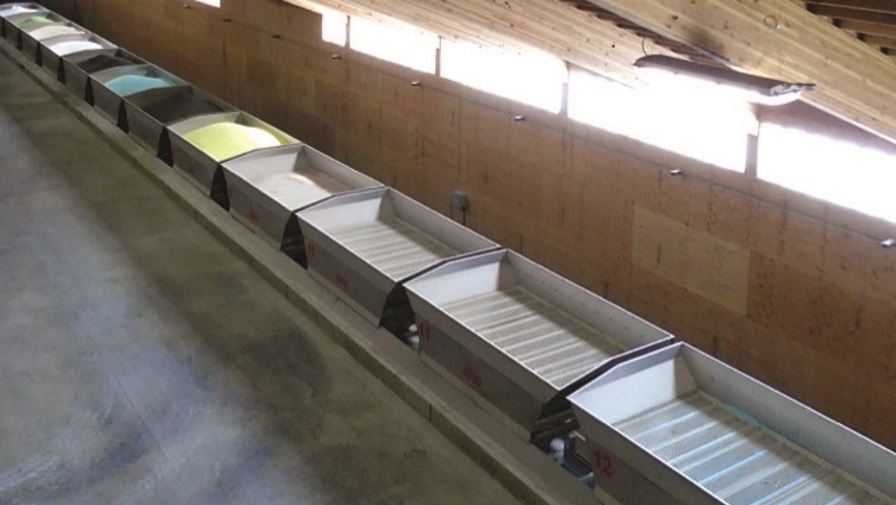

replacing compacted, worn areas caused by heavy traffic.repairing areas damaged by dog pee patches, snow mold, salt damage or insect damage.replacing thin areas that need rejuvenation.after new construction or a major home renovation.There are many reasons for planting new lawn: Is there a well worn (compacted) path in your yard where grass does not grow well? Consider installing a sidewalk or boardwalk instead.Could a portion of the yard be a mulched shrub or flower border instead of lawn?.If you have a small front yard, do you even need a lawn?.Could this area be replaced with a groundcover instead? Who will look after the lawn? How much time and effort are you willing to put into a lawn? Some people love caring for lawns, while others consider it a chore.How large does the lawn area need to be? Will they be playing in the back or front yard? How does your family use the lawn? Children need a space to play and run around and lawns are perfect for that.A lawn lends the perception of open space and calm. However, lawns are also high maintenance.Ĭonsider how your use your lawn and how much you actually need: Lawns reduce glare, dust and air pollution as well as controlling soil erosion and water runoff. Lawns came into fashion in the early 1900's with the development of modern suburbs.įor many of us today, having a lawn is just "what you do". Lawns have many benefits and are a soft, cool and resilient surface on which to play or relax. The lawnmower was invented in 1830 and became more popular by the 1890's. Sheep were used to keep grass short (and provide nutrients!). The idea of lawns was invented in Europe in the 1700's where large, wealthy estates had lawns or meadows as part of the larger landscape. Landscaping at the U of S - A storied historyĬlick on the tabs above for more information!.

Weddings, photography & events on campus.University of Saskatchewan Horticultural Tour.Why do you garden? Beyond food & flowers.Biodiversity: pets, pollinators and more.Food and Bioproduct Sciences Program video.


 0 kommentar(er)
0 kommentar(er)
